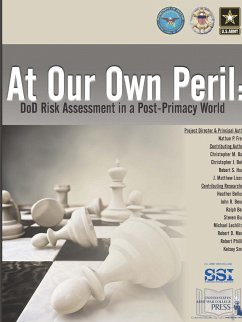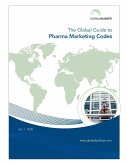The U.S. Department of Defense (DoD) faces persistent fundamental change in its strategic and operating environments. This report suggests this reality is the product of the United States entering or being in the midst of a new, more competitive, post-U.S. primacy environment. Post-primacy conditions promise far-reaching impacts on U.S. national security and defense strategy. Consequently, there is an urgent requirement for DoD to examine and adapt how it develops strategy and describes, identifies, assesses, and communicates corporate-level risk. A U.S. Army War College (USAWC) study team took on the risk issue specifically in July of 2016. This report outlines its findings. It opens a meaningful discussion on what enterprise-level risk identification and assessment should look like in the volatile post-primacy environment. It suggests that risk is the principal business of DoD's senior-most leadership.
Hinweis: Dieser Artikel kann nur an eine deutsche Lieferadresse ausgeliefert werden.
Hinweis: Dieser Artikel kann nur an eine deutsche Lieferadresse ausgeliefert werden.








